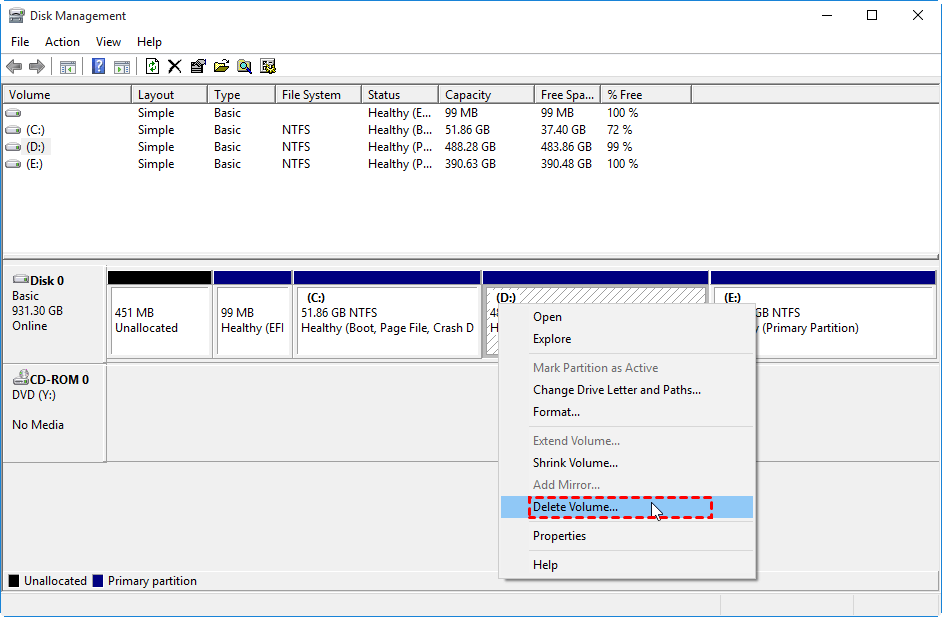
The file’s data is still there on the disk, but it will be overwritten only when the operating system needs that “empty” space to write new files to the disk. Operating systems typically just delete a file by marking its data on the disk as deleted and erasing the pointer to it. Next, you’d run the following command: mklink /d C:Example D:Example To move C:Example to D:Example, you’d move the C:Example folder to D:Example using Windows Explorer. (Search for cmd.exe in Windows’ Run tool to bring up the Command Prompt.) If you want to create a link outside your user folder, you’ll need to open a Command Prompt window as Administrator. Use the mklink command in a Command Prompt window to create a symbolic link. The symlink is just a pointer that says “Hey, look over there,” so the program won’t take up any space on your SSD.Ĭreating a symlink from an “Example” folder on a C: drive to D:Example Whenever a shortcut, registry entry, or anything else looks up C:Game, the system will transparently redirect it to D:Game. You could move the game folder to D:Game and create a symlink that points from C:Game to D:Game. This sort of trick allows you to move your installed programs and games without much trouble. Symbolic links (or “symlinks”) will allow you to move a directory while “tricking” Windows into thinking it’s at its original location.

You’ll either need to uninstall and reinstall the program to the new location, or use symbolic links. However, most programs will display errors if you attempt to drag and drop their folder to a new location. Some programs can be moved easily-for example, you can just move your entire Steam folder to a new drive and run the Steam.exe file to launch it. Moving programs after the fact is often more difficult. Adding new folder locations for game installations is dead simple in Steam-just open Steam’s Settings, select Downloads, click the Steam Library Folders button, and add a new folder on a different drive.


 0 kommentar(er)
0 kommentar(er)
